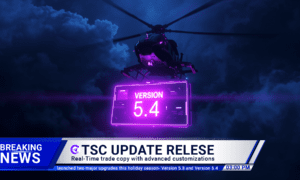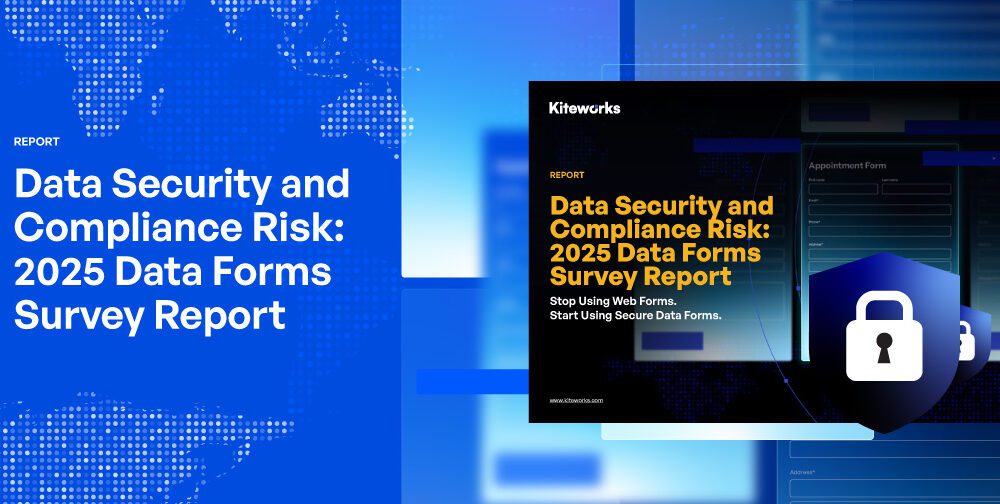The Dawn of AI-Driven Credit Decisioning
Artificial Intelligence (AI) is transforming the very foundations of credit decisioning by infusing predictive analytics, machine learning, and large-scale data integration into risk management strategies. The new wave combines traditional credit principles with modernized algorithms, allowing lenders to fine-tune their risk appetites, optimize portfolio performances, and drive responsive credit policies. Richa Awasthi, an expert credit risk leader boasting extensive experience across consumer and business card portfolios, epitomizes this transformation. Her expertise, characterized by rigor and innovation, exemplifies how AI-powered systems are transforming industry standards.
“In today’s dynamic environment, harnessing AI and machine learning in credit risk management is not just about boosting model precision—it’s about actively ensuring financial resilience and supporting responsible growth across the credit lifecycle,” Richa explains.
Strengthening U.S. Financial Stability through Predictive Analytics
The context surrounding U.S. credit markets has shifted dramatically due to post-pandemic volatility, inflationary pressures, and evolving consumer behavior. Recent Federal Reserve studies reported that aggregate consumer credit card balances in the U.S. reached $1.08 trillion in 2025, a 13% year-over-year increase, while business credit card utilization also rose sharply. This rapid surge demands adaptive frameworks that monitor early warning indicators and predict stress points before large-scale defaults materialize.
AI-powered risk analytics can detect deteriorating borrower profiles faster than conventional methods, providing lenders with granular insights into debt buildup, payment rate declines, and migration trends. Richa’s analytical approach—integrating bureau and internal data for unified risk scoring—exemplifies this paradigm. “Identifying emerging risks by tracking payment rate trends and debt dynamics has directly informed exclusion models, allowing us to intervene before adverse effects cascade across the portfolio,” she notes.
This capability aligns directly with the federal government’s post-pandemic policy focus on financial stability and systemic risk management, as emphasized in the 2025 Executive Order on Guaranteeing Fair Banking for All Americans. The order directs regulators, including the Federal Reserve and FDIC, to modernize supervisory analytics and enhance transparency in credit access for consumers and small businesses. Richa’s AI frameworks contribute to this agenda by embedding risk foresight and portfolio resilience at scale—supporting a more stable U.S. financial system.
Enhancing Small Business Access to Credit
Small businesses constitute the backbone of the U.S. economy, representing 99.9% of all firms and generating two-thirds of new jobs. Yet, access to affordable credit remains a perennial challenge. The 2025 Small Business Credit Survey by the Federal Reserve found that 44% of small firms faced funding shortfalls over the previous year, often exacerbated by rigid underwriting and one-size-fits-all risk models.
AI’s behavioral segmentation models, an area in which Richa has demonstrated thought leadership, are revolutionizing credit access. By differentiating risk between sole proprietors and established corporations, lenders can tailor products and approval thresholds to fit the specific needs of borrowers, reducing exclusionary practices and promoting equitable credit expansion. “Machine learning enables a nuanced understanding of business borrowers, marrying real-time payment behavior with macro trends to support inclusive yet robust credit policies,” remarks Richa.
Her approach resonates strongly with policy measures embedded in the Fair Banking EO, which mandates that financial institutions and § 7(a) SBA lenders review denied applicants and expand access to underserved small businesses.
By aligning analytical models with these mandates, Richa’s AI methodologies not only enhance profitability and portfolio quality but also operationalize federal priorities around inclusion and fair access to capital.
The impact is concrete: leveraging AI for dynamic credit line management and unified risk scoring has resulted in more accurate detection of hidden credit stress, supported portfolio reviews, and improved adherence to regulatory standards. Such innovations help expand opportunity without compromising risk discipline.
Preventing Banking Crises: The Power of Early-Warning Systems
History attests to the devastating impact of banking crises triggered by undetected credit deterioration. According to the Bank for International Settlements, inadequate risk monitoring and delayed responses were core factors in the 2008 financial meltdown. Today, predictive modeling and early warning frameworks enabled by AI are a bulwark against similar threats.
Richa’s work is illustrative: “By applying migration matrix analysis and lagged correlation between payment rates and delinquency, we’ve pioneered early diagnostic tools that empower managers to track portfolio deterioration in real time,” she says. These methods catch inflection points, such as declines in payment rates, mounting delinquencies, and charge-off accelerations, that signal stress far earlier than legacy metrics.
Deloitte reports that lenders using advanced analytics reduce bad debt charges by up to 20% and improve loss forecasting accuracy by 15-25%, thereby protecting institutional stability. For regulators and policy-makers, adopting such frameworks aligns with the federal EO’s call for real-time supervisory modernization and proactive, system-wide risk management.
Supporting Responsible Lending and Sustainable Economic Growth
Responsible lending has emerged as a central policy priority. The Consumer Financial Protection Bureau’s latest reports emphasize the need for models that are both fair and resilient to bias. AI holds the promise not only to increase access but also to ensure that credit is extended to borrowers who can sustain repayment without falling into financial distress.
Richa’s advocacy for ethical AI and bias reduction dovetails with this vision. “Reducing algorithmic bias through rigorous validation and multi-source data helps us make lending both more inclusive and more accountable,” she says. By bridging insights from consumer and commercial credit, her work contributes to a stronger economic ecosystem and advances federal directives that promote transparency, fairness, and accountability in automated credit decision-making.
PwC’s Financial Services Survey notes that lenders who deploy responsible AI and data analytics yield up to a 10% improvement in customer satisfaction and portfolio returns, while minimizing compliance risk. This evidences the tangible value of Richa’s methods for industry-wide adoption.
AI-Driven Methodologies: Richa’s Approach
Richa’s career has been defined by leadership in quantitative modeling, strategy development, and real-world portfolio management. Her methodologies include:
- Debt-to-Sales vs. Debt-to-Income Segmentation: Analyzes the root causes of portfolio deterioration, enabling precise attribution and policy refinement.
- Dynamic Credit Line Assignment: Utilizes real-time spend and payment data to optimize approvals and limit adjustments.
- Portfolio Health Analytics: Tracks cycles of debt buildup, migration trends, and payment behaviors to inform rate, pricing, and acquisition strategies.
- Interactive Dashboards and Data Visualization: Empowers executives with immediate, actionable views of risk and performance.
These innovations reflect a philosophy of continual improvement, rigorous collaboration, and aligning analytics with evolving business and regulatory needs.
Critic’s Perspective on AI-Driven Credit
While the promise of AI is vast, critics warn of algorithmic opacity and the risk of amplifying systemic biases. A 2025 IMF review cautions that “AI-driven credit scoring must be scrutinized for unintended discriminatory consequences and overdependence on correlated data sets.” Such concerns warrant thoughtful oversight, especially as usage scales across the U.S. financial landscape.
Richa’s perspective is balanced but forward-looking: “Transparency, explainability, and ethical guardrails are integral to my approach. The objective is not just higher accuracy, but lending that uplifts, protects, and aligns with the broader economic good,” she concludes.
Driving Policy, Strategy, and Regulatory Thought
The policy implications of AI-led credit decisioning are profound. Predictive frameworks offer new levers for regulators to mitigate systemic shocks, facilitate portfolio expansion, and adapt standards to advancing technology. Richa’s data-driven insights, ranging from lagged payment behaviors to unified risk scoring, inform not only tactical lending decisions but also strategic guidance for industry and policymakers.
“AI analytics provide an adaptable backbone for policy-makers: with real-time risk signals and segmentation, standards can be continuously tuned to reflect economic realities and preserve financial stability,” Richa affirms.
Her work thus supports key elements of the 2025 Executive Orders and CFPB guidance on digital fairness and risk transparency, directly tying private-sector innovation to public-sector mandates.
Unifying Innovation, Responsibility, and Impact
AI is redefining what is possible in credit decisioning, setting new benchmarks for resilience, inclusivity, and data-driven action. Richa Awasthi’s contributions stand at the intersection of analytics and industry leadership, proving that technology, when guided by expertise and purpose, can deliver safer, smarter, and more equitable lending for all.
As the sector evolves, her message resonates: “Innovation in risk analytics is not just about managing numbers—it’s about creating pathways for opportunity, safeguarding portfolios, and strengthening the financial foundations that support long-term economic growth.”



































